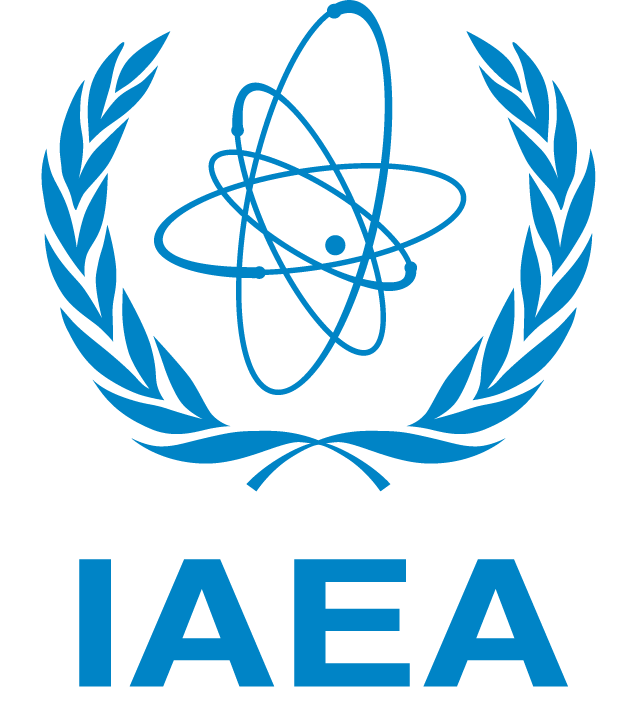FOREWORD
The revised rule on the acceptance of emergency core cooling system performance in 1988 triggered a significant interest in the development of codes and methodologies based on best estimate and uncertainty evaluation (BEPU). Initially, the interest was focused only on loss-of-coolant accident analyses and has since moved on to other accident scenarios and disciplines other than thermal-hydraulics. Starting from the list of requirements developed by USNRC and constituted by the CSAU (code scaling, applicability, and uncertainty evaluation) methodology, several BEPU methods were developed and applied around the world. Although 30 years have passed since the approval of the ECCS revised rule and notwithstanding numerous efforts made by different organizations, the BEPU methodologies still suffer to not be fully systematic and capable to deal with multi-physics and multi-scale issues.
OBJECTIVE
The objective of the Conference is to provide a forum to exchange experience and views among professionals in the nuclear industry in the development and use of Best Estimate Plus Uncertainty (BEPU) methods in safety analyses and design of nuclear installations. The Conference will address a broader spectrum of methods (in respect to the past when the focus was primarily on thermal-hydraulic system codes) and also include reactor physics, fuel performance, severe accidents, fission product transport and chemistry, dispersion, etc. Generally speaking, the multi-physics of the problems will be addressed, as well as the numerics and computational platforms, including parallel computing. The BEPU 2018 will include CFD codes, simulators and problems of modeling I&C in systems safety analyses. Another topic to be addressed is the problem of the verification and validation of methods with the supporting experimental programs. The Conference will consider applications mainly to Light Water Reactors including Small Modular Reactors, even though the liquid metal cooled, gas cooled, molten salt (cooled and homogeneous reactors) and other types that are in development will be included as well as the research reactors.
EXPECTED OUTCOME
The expected outcome of the Conference is an overview of state of the art of BEPU methods. The Conference shall identify problems related to development of BEPU methods; provide insights into use of BEPU in licensing; design and safety evaluation; highlight issues related to verification and validation, including supporting experimental programmes; and finally, the fidelity of experimental measurements and identify related needs of the stakeholders. We also expect some practical views and guidance on the future of BEPU methods.












